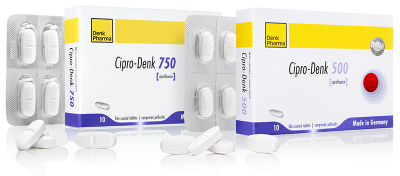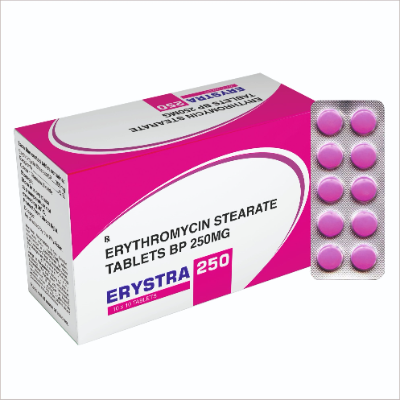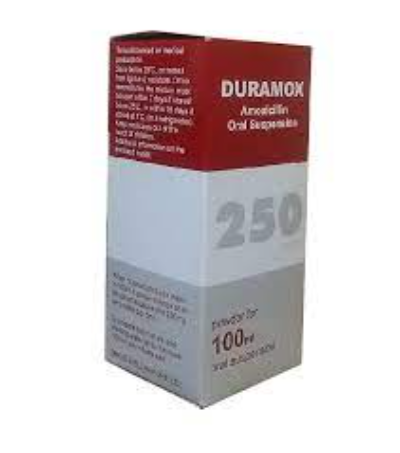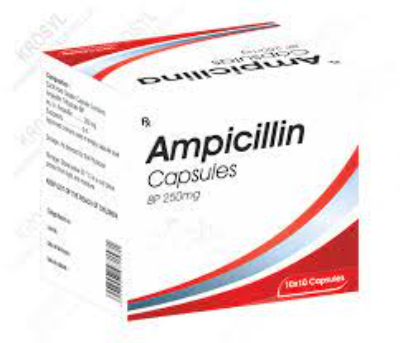Pregnancy
Prolonged experience with ciprofloxacin in pregnant women over several decades, based on available published information from case reports, case control studies and observational studies during pregnancy, have not identified any drug-associated risk of major birth defects, miscarriage or adverse maternal or fetal outcomes
Oral administration during organogenesis at doses up to 100 mg/kg to pregnant mice and rats, and up to 30 mg/kg to pregnant rabbits did not cause fetal malformations; these doses were up to 0.3, 0.6, and 0.4 times the maximum recommended clinical oral dose in mice, rats, and rabbits, respectively, based on body surface area
Lactation
Published literature reports that ciprofloxacin is present in human milk following intravenous and oral administration; there is no information regarding effects on milk production or breastfed infant; because of potential risk of serious adverse reactions in breastfed infants, including arthropathy shown in juvenile animal studies
For most indications a lactating woman may consider pumping and discarding breast milk during treatment and an additional two days (five half-lives) after last dose; alternatively, advise a woman that breastfeeding is not recommended during treatment and for an additional two days (five half-lives) after last dose
However, for inhalation anthrax (post exposure), during an incident resulting in exposure to anthrax, the risk-benefit assessment of continuing breastfeeding while the mother (and potentially the infant) is (are) on CIPRO may be acceptable
The developmental and health benefits of breastfeeding should be considered along with the mother's clinical need for therapy and any potential adverse effects on breastfed child from drug or from underlying maternal condition
Ciprofloxacin may cause intestinal flora alteration of breastfeeding infant; advise a woman to monitor breastfed infant for loose or bloody stools and candidiasis (thrush, diaper rash)
Pregnancy Categories
A: Generally acceptable. Controlled studies in pregnant women show no evidence of fetal risk.
B: May be acceptable. Either animal studies show no risk but human studies not available or animal studies showed minor risks and human studies done and showed no risk.
C: Use with caution if benefits outweigh risks. Animal studies show risk and human studies not available or neither animal nor human studies done.
D: Use in LIFE-THREATENING emergencies when no safer drug available. Positive evidence of human fetal risk.





















